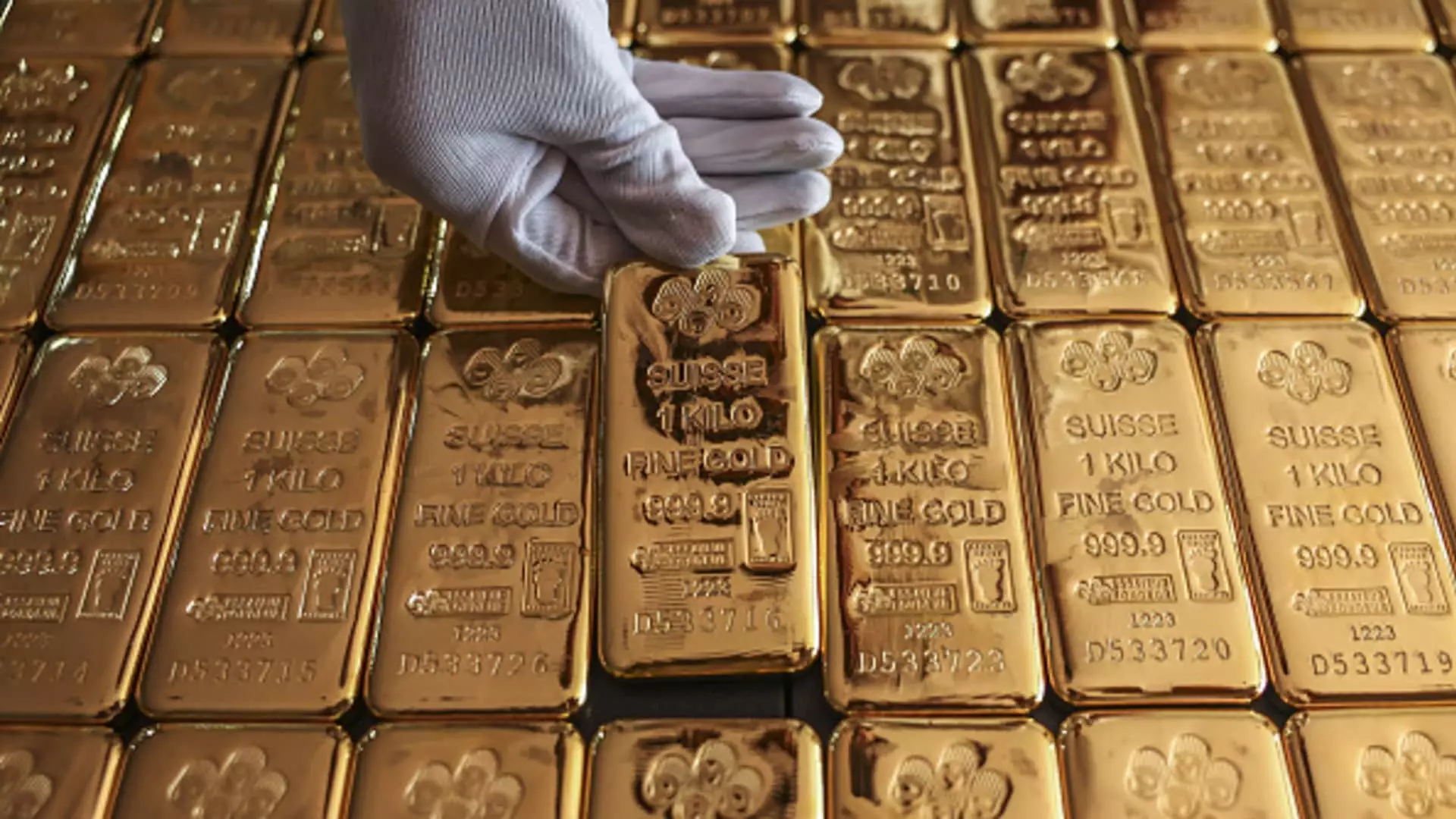As we approach the 20-year anniversary of the SPDR Gold Shares ETF (GLD), George Milling-Stanley, the chief gold strategist at State Street, confidently asserts that the outlook for gold remains positive. His recent comments on CNBC’s “ETF Edge” emphasize an optimistic perspective, with indicators suggesting a favorable market for gold not just in the current year, but extending into the next. The factors propelling this optimism include consistent demand from central banks and strong interest from individual investors, particularly in growing economies like India and China. This dual force of institutional and individual interest provides a substantial support system for gold prices.
Despite the anticipated pullback of gold prices and ETF values following the recent election, Milling-Stanley remains unperturbed. Following the election on November 5, a noticeable shift toward risk-on assets occurred, with both stock markets and cryptocurrencies witnessing significant gains. However, he notes that gold and ETFs like GLD are demonstrating resilience as they gradually recover some of the ground lost during this volatile period. The interplay between these risk-oriented investments and gold highlights the precious metal’s historical role as a safe haven, even in shifting market conditions.
When GLD launched two decades ago, it revolutionized the way investors approached gold as a commodity. Historically, gold investments were primarily focused on jewelry and physical bullion; however, the introduction of gold ETFs marked a clear shift towards more strategic investment in bullion through accessible, market-traded vehicles. Milling-Stanley remarks that this evolution has notably transformed the landscape of commodity investment and portfolio management. Investors now have an option beyond traditional equities and fixed-income instruments, allowing for greater portfolio diversification.
Todd Sohn, a technical strategist at Strategas, reinforces this idea by highlighting how GLD has democratized access to gold investments. Prior to its introduction, many investors viewed gold as an impractical asset. However, the ETF structure enables small-scale investors to tap into the benefits of gold ownership without the complexities of purchasing and storing physical gold. Consequently, GLD not only attracts seasoned investors but also opens the doors for retail investors seeking diversification and a hedge against market volatility.
Since its inception, GLD has experienced remarkable performance, accumulating a staggering 451% increase, further underscoring its significance in modern portfolio strategies. Looking ahead, even amidst market fluctuations, the opportunity for gold and ETFs like GLD continues to present itself as a strategic asset for investors. As central bank policies evolve and emerging market dynamics shift, the demand for gold is expected to maintain its upward trajectory, reinforcing its status as a critical component of an intentionally diversified investment portfolio.
In closing, as the financial landscape undergoes continual transformation, gold remains a steadfast asset, with tools like GLD ensuring that it remains relevant and accessible to a broad array of investors.

